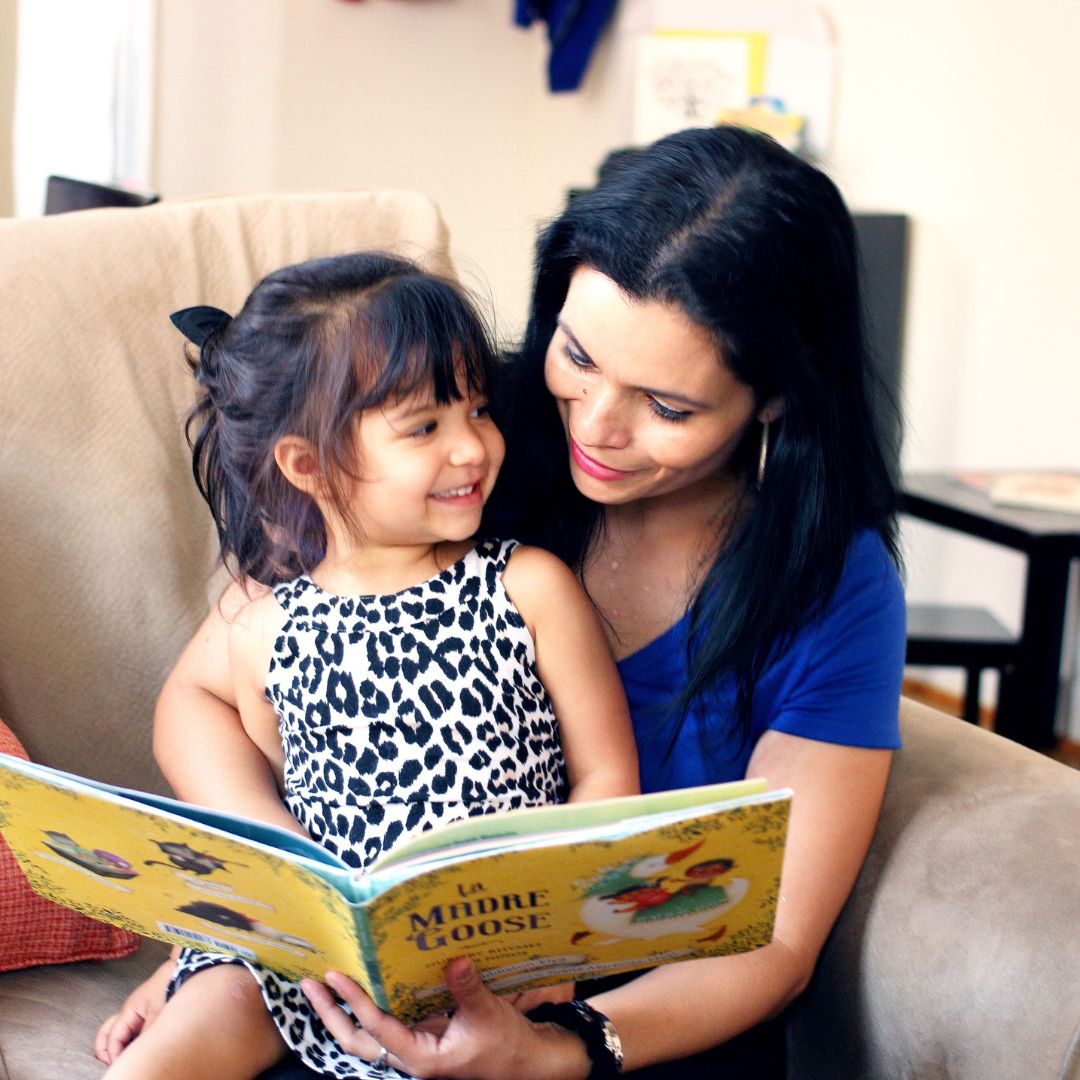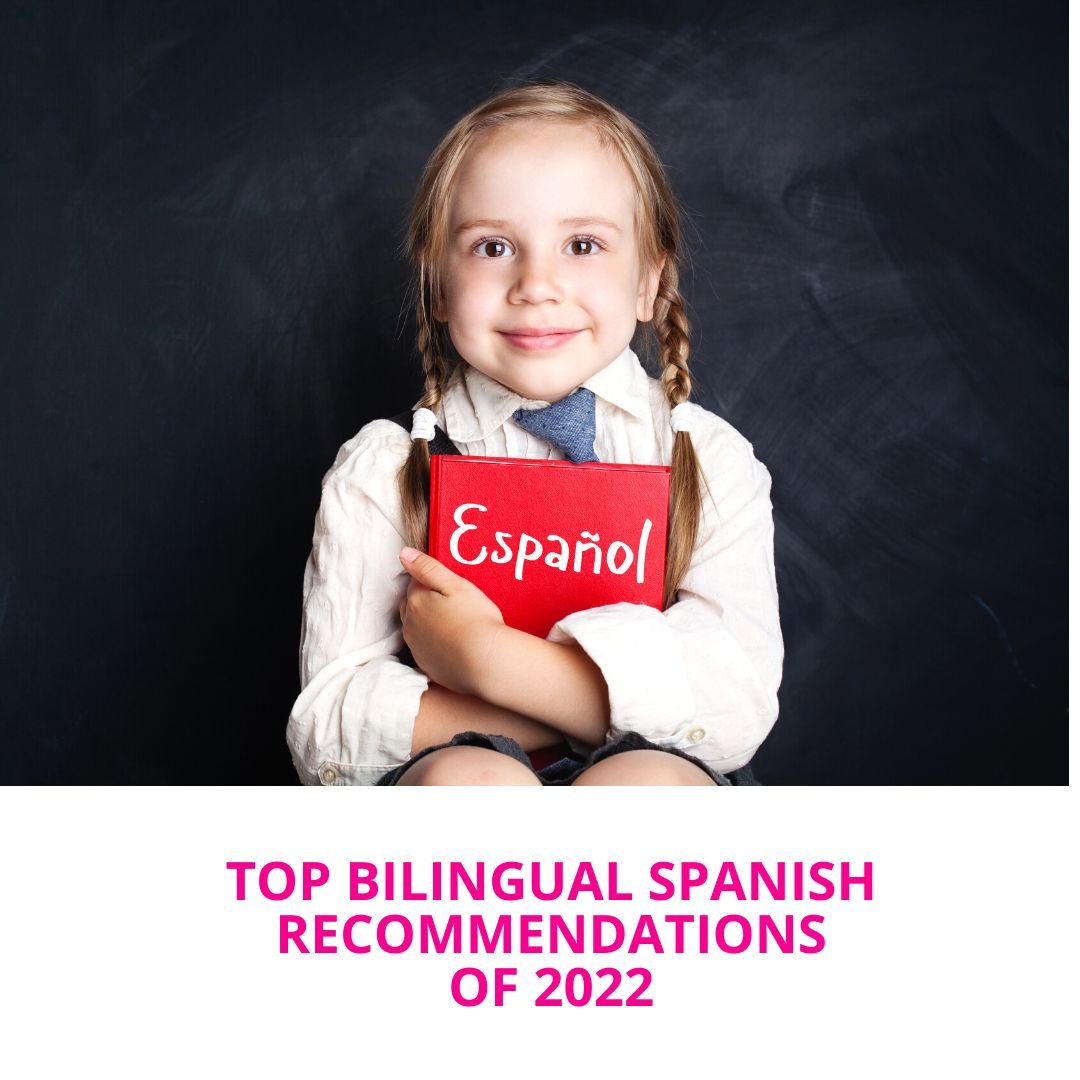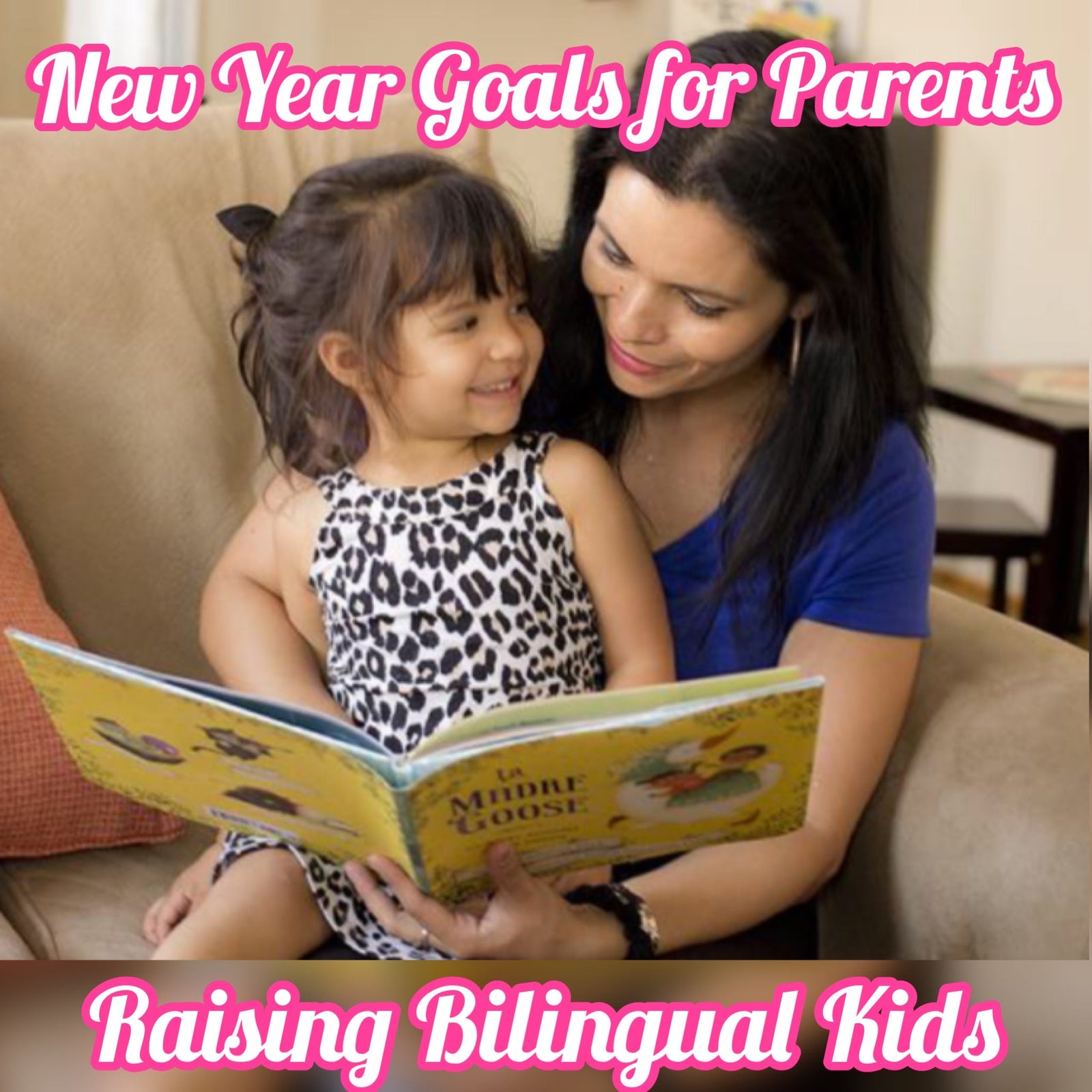
Many parents raising bilingual children often fear that their child may begin to prefer the community language and stop using their minority language, especially as they start school. This fear is legitimate as the child's exposure to the community language increases significantly while, in many cases, the minority language exposure decreases. However, parents can take proactive steps before their children begin school to continue fostering language development effectively. Here are some recommendations for parents:
1. Create a Language-Rich Environment in the Minority Language:

Establish a home environment that fully supports and enhances the child's learning of the minority language. This can be achieved by having bilingual or minority language books readily available in various locations around the house. Incorporate posters, signs, or wall art in the minority language, and include cultural decor that encourages discussion. Having Latino foods in the pantry can also be a way to reinforce the language-rich environment.
2. Establish a Language Routine Before School Begins

During summer break, it's easy to fall out of the language routine. Gradually reintroduce the language routine, especially in the evenings, to help the child prepare for school. Gradually adjust bedtime to align with the school schedule and include language activities such as reading or listening to children's music in the minority language. Give yourself at least 2 weeks to get back in the swing of things. Remember to adapt the routine to the child's growing tastes and needs.
3. Return Books to the Library or Update Library Card:

Books play a crucial role in raising bilingual children, and the library can be a valuable resource. You don't necessarily have to buy all of them, only the good ones! If you're anything like me I love going to the library and exploring books for my daughter and myself, but I'm not always so good at returning them, because well, life happens right?
You want to make sure that you start the new school year with a "clean record" and if you haven't done so, incorporate a weekly or bi-weekly library visit into your language routine. Another plus? Many libraries allow you to check out books digitally using the Libby or Hoopla App for added convenience. Inquire at your local library to see if they are a part of those programs.
4. Update Payment Details for Language Apps, Classes, or Memberships

Ensure that any language programs or memberships your child participates in are updated to avoid unnecessary charges or disruptions. Many language programs, whether virtual or in person have changes with the new school year. Some may have changes in prices, date changes, or time changes. You want to make sure that you aren't accidentally charged for a class that your child may not be able to attend! With all the automatic payment subscriptions and memberships, it's important that we are on top of this things to avoid costly mistakes.
5. Reconnect with Your Support Network

If you ask me, it takes a village to raise bilingual or multilingual kids. If your child made connections with other Spanish speakers during the previous school year, reach out to their parents and foster those bilingual friendships. Plan playdates or find ways to reconnect before the new school year begins.
Finding bilingual friendships isn't that easy! Once the school year starts, if your child doesn't have any new bilingual friends they can continue with the already established ones.
6. Update the Family Calendar

Just like you update your payment details, once your child has their new school year schedule, make sure this is in the family calendar. I have 2 family calendars, a magnetic one that lives on the fridge and a digital one. Once my daughter has her schedule, I make sure to include not just the school and sports activities, but any language learning classes or activities like Spanish playdates, video calls with primos, Spanish family game night, and any other language-related events. This visual reminder emphasizes the importance of language learning in your family's daily life.
7. Continue to Speak in Spanish or Minority Language

If you spoke less of the minority language during the summer break, no te preocupes, don't worry! It's never too late to resume speaking and exposing your child to the language. Consistency is key, and the more they hear and use the minority language, the better their language skills will develop.
If you are lucky to have your child in an immersion or dual language school still continue to speak Spanish as much as possible. Again, this will ensure that your child continues to get that much needed language exposure and need to use of the language, both so important in language learning.
Final thoughts on preparing for your child to go back to school.

Preparing for your child to go back to school in a language-rich environment is crucial for maintaining and fostering bilingualism. It requires commitment and effort, but your dedication will be rewarded in the future. Don't give up. Keep reading, speaking, and exposing your child to Spanish or the minority language.
Te lo agradecerán algún día y todo tu esfuerzo no será en vano. Your child will appreciate it one day, and your efforts will not be in vain.
¡Vamos, pa'lante, con ánimo, orgullo y fuerza! ¡Tú puedes! Move forward with courage, pride, and strength – you've got this!
If you found this blog post helpful, be sure to check out how I, Janny can help you raise bilingual kids or sign up for my newsletter and get weekly tips delivered to your inbox!


















Leave a comment (all fields required)